Child Wellness Care
Child Wellness Care
The growth period in children is a crucial time when their skeletal and muscular systems develop rapidly. Imbalances or muscle tension during this stage can affect their future health and posture. At our clinic, we offer customized chiropractic care tailored to each child’s constitution and developmental stage.

Effects and Benefits of Child Care
The benefits of child wellness care are diverse. One of the key outcomes is maintaining proper posture, which helps reduce physical strain and alleviate chronic discomfort. Additionally, chiropractic therapy can positively influence the nervous system and muscles, enhancing athletic performance and motor skills in children.
This approach also supports healthy bone and muscle development appropriate to their growth stage. Developing good postural habits during childhood helps prevent posture-related health issues in the future.

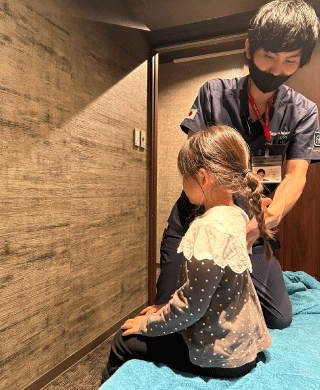
Features of Child Wellness Care




Our Approach at Medical Japan
The growth period is when children’s bones and muscles develop rapidly. Imbalances and muscle tension at this time may affect future health and posture. At Medical Japan, we provide tailored pediatric care based on each child’s individual needs and developmental stage.
Through our treatment, we identify imbalances and teach children how to use their bodies properly. This reduces unnecessary strain, activates underused muscles and joints, and helps prevent discomfort and future health problems.
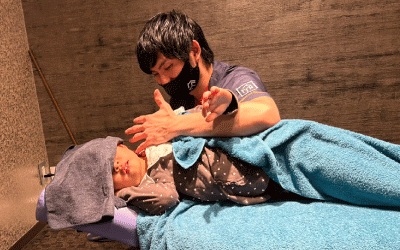
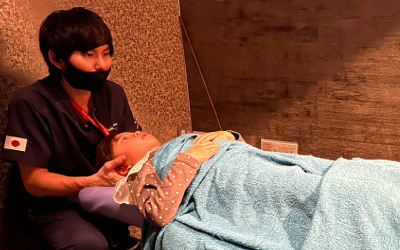
Myopressure (Gait Diagnostic System)

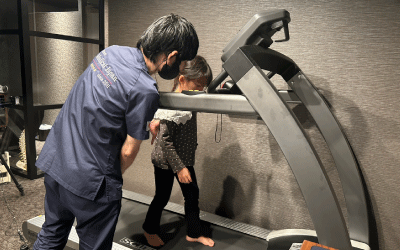
Gait balance during growth impacts a child’s future health and physical ability. Our gait analysis system uses a state-of-the-art treadmill equipped with 20,000 sensors to evaluate foot pressure, center of gravity, and weight distribution in real time.
Two additional cameras analyze posture and movement during walking, allowing children to visually understand and improve their own walking patterns.
Insoles & Footwear Prescription
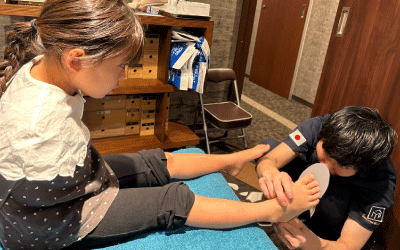
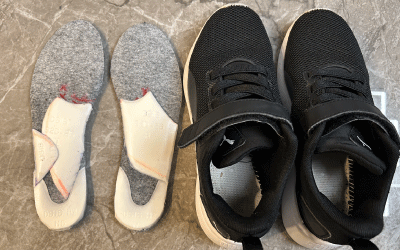
Based on gait analysis, we can create custom insoles tailored to the child’s foot. These help correct weight distribution and walking patterns, ensuring proper foot function and use of the entire sole.
Wearing properly fitted insoles supports the arch, improves posture, and reduces stress on muscles and ligaments. This leads to improved performance, endurance, reduced fatigue, and more comfortable walking.
Exercise Development Strategy
Growth and development are vital in a child’s life. “Growth” refers to physical changes like height and weight, while “development” includes physical, cognitive, emotional, and social skill progression. Understanding both is essential for creating appropriate exercise programs for children.
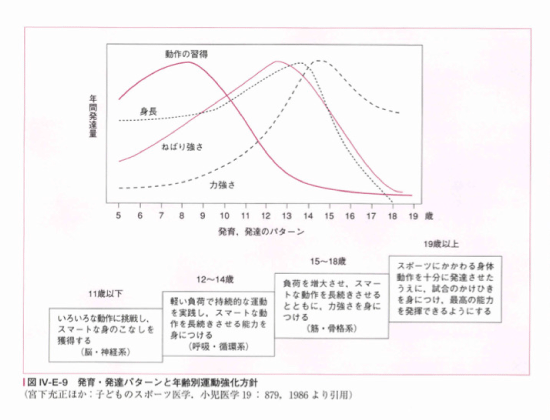
Key points for planning exercise strategies:
Each child grows and develops at their own pace. Programs should respect these differences.
Ensuring a safe environment and proper supervision is essential during physical activity.
When children enjoy exercise, they are more likely to continue. Play-based activities are highly effective.
Exercise supports not only physical development but also self-esteem and social skills. Activities should promote well-rounded growth.
Exercise programs should be tailored to a child’s age, interests, and development. Regular evaluations and flexibility in adjusting the plan are also key to success.